
‘Nexawatt’ Lasers Discussed at Ultrafast Optics Conference
source:LLNL
release:Julie
keywords:
Time:2015-10-10
A strategy for developing the next generation of ultra-high-energy laser systems—capable of delivering one quintillion (1018) watts of power—was outlined by NIF & Photon Science Chief Technology Officer Chris Barty last month at the tenth Ultrafast Optics conference near Beijing, China.
In an invited talk titled, “Nexawatt: Strategies for Exawatt Pulse Generation with Modern High Energy Lasers,” Barty reviewed novel concepts that would leverage the existing NIF infrastructure to produce exawatt and beyond peak-power laser pulses. An exawatt is 1,000 times more energy than a petawatt, currently the highest energy level ultrafast laser systems are capable of producing.
Barty said the Nexawatt path to an exawatt laser involves the combination of a novel pulse-compression architecture, mixed-material preamplifiers, and a mixture of chirped-pulse and chirped-beam amplification. Chirped beam amplification is an LLNL-patented concept in which the pulse spectral content is distributed in space, effectively producing a longer-duration pulse which may be amplified without damage in large-scale, NIF-like amplifiers. Unlike existing systems, the Nexawatt concept enables safe extraction of the full stored energy of the amplifier.
The Ultrafast Optics meeting had more than 200 attendees and spanned five days. The biennial meeting series is devoted to discussion and presentation of the latest research involving generation, amplification and measurement of ultrashort duration laser pulses. Barty, a member of the conference advisory board, said LLNL has had a strong role in the evolution of the Ultrafast Optics conference. Barty, then at UC San Diego, co-chaired the first meeting in 1997 in Monterey, California, along with Bill White, then in LLNL’s Physics Directorate.
MOST READ
- RoboSense is to Produce the First Chinese Multi-beam LiDAR
- China is to Accelerate the Development of Laser Hardening Application
- Han’s Laser Buys Canadian Fiber Specialist CorActive
- SPI Lasers continues it expansion in China, appointing a dedicated Sales Director
- Laser Coating Removal Robot for Aircraft
PRODUCTS
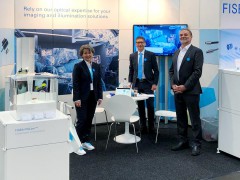 FISBA exhibits Customized Solutions for Minimally Invasive Medical Endoscopic Devices at COMPAMED in
FISBA exhibits Customized Solutions for Minimally Invasive Medical Endoscopic Devices at COMPAMED in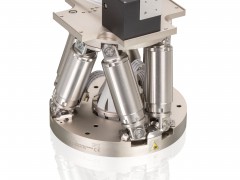 New Active Alignment System for the Coupling of Photonic Structures to Fiber Arrays
New Active Alignment System for the Coupling of Photonic Structures to Fiber Arrays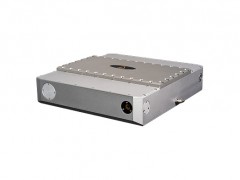 A new industrial compression module by Amplitude
A new industrial compression module by Amplitude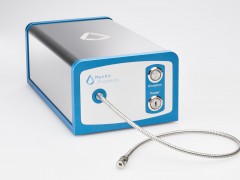 Menhir Photonics Introduces the MENHIR-1550 The Industry's First Turnkey Femtosecond Laser of
Menhir Photonics Introduces the MENHIR-1550 The Industry's First Turnkey Femtosecond Laser of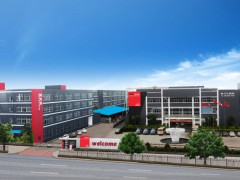 Shenzhen DNE Laser introduced new generation D-FAST cutting machine (12000 W)
more>>
Shenzhen DNE Laser introduced new generation D-FAST cutting machine (12000 W)
more>>
